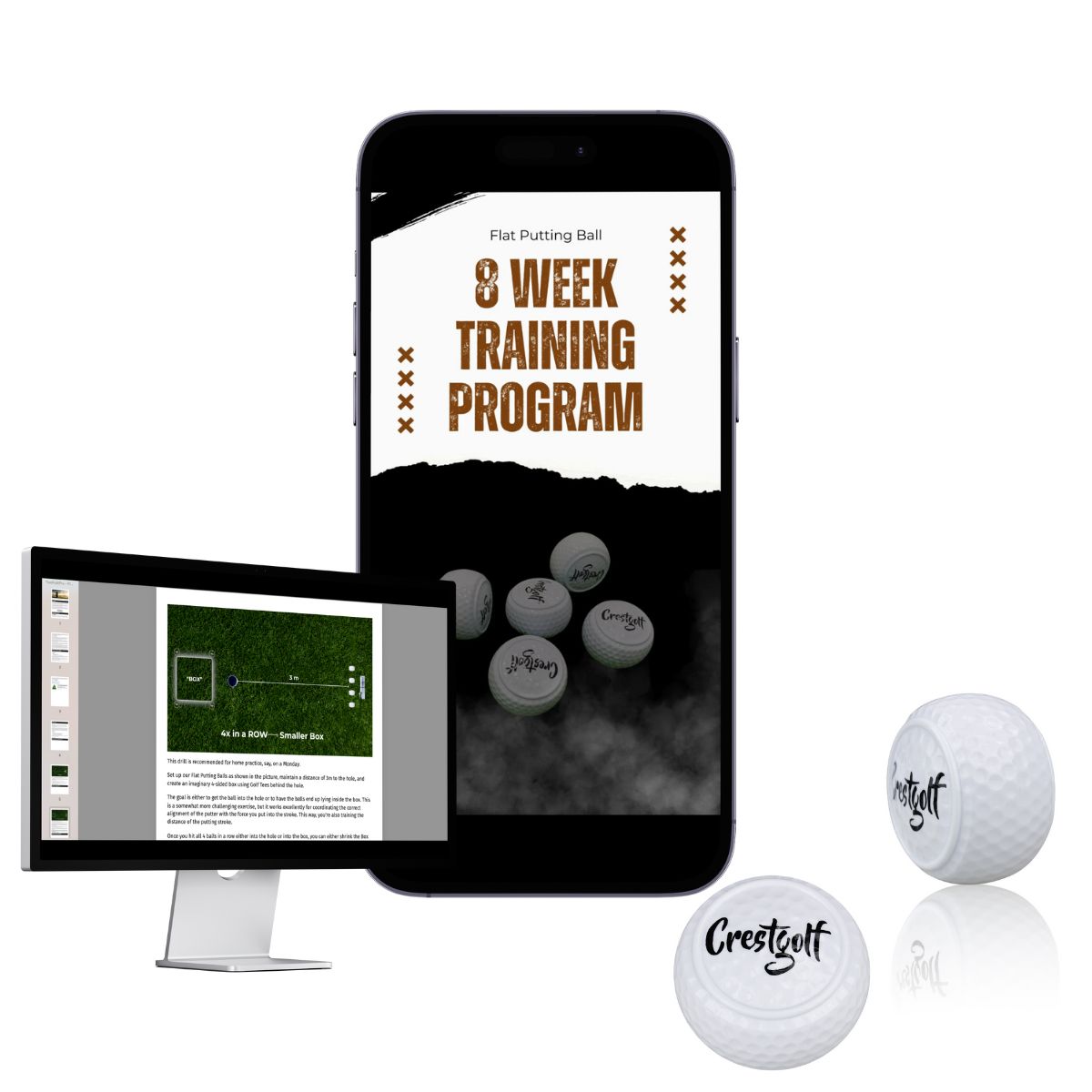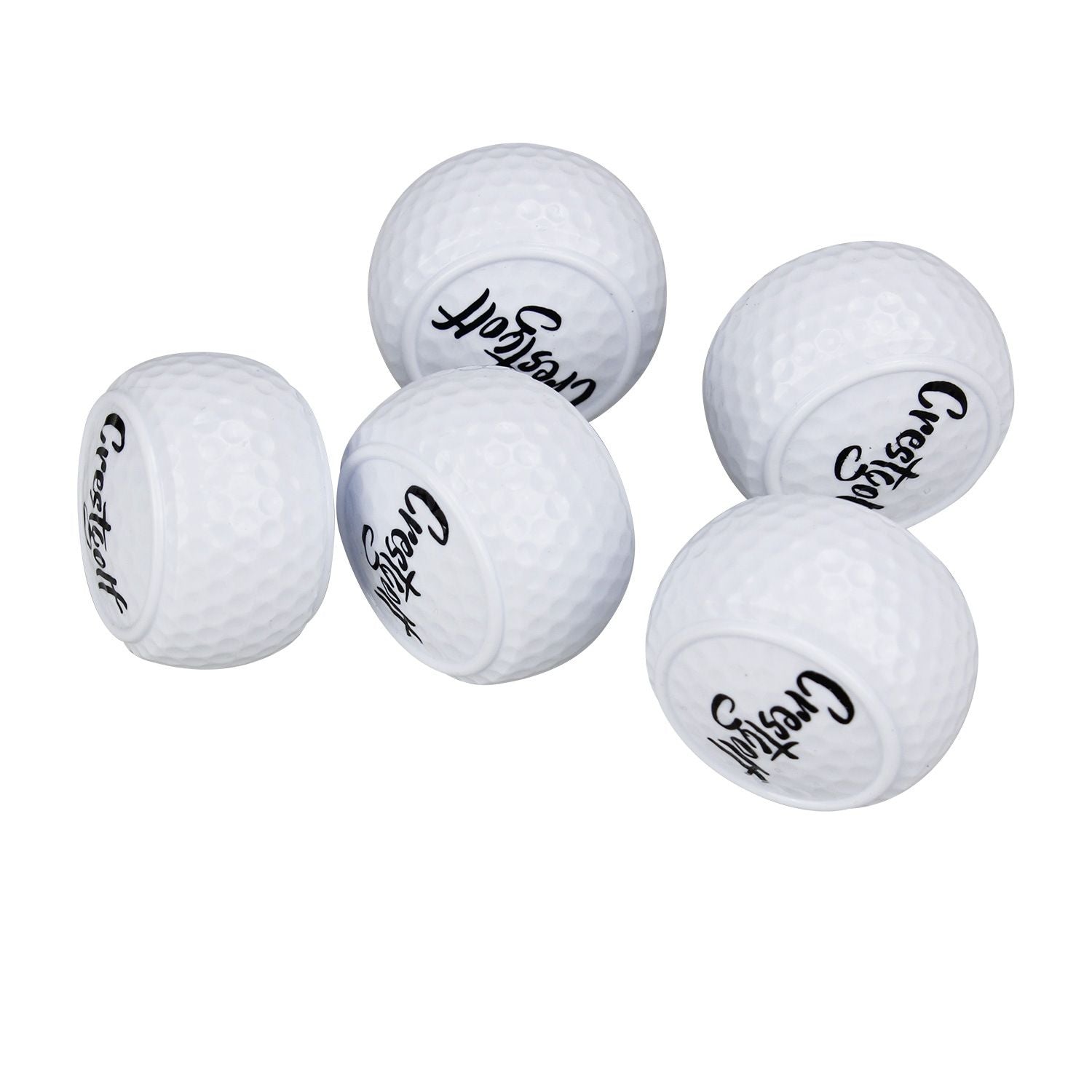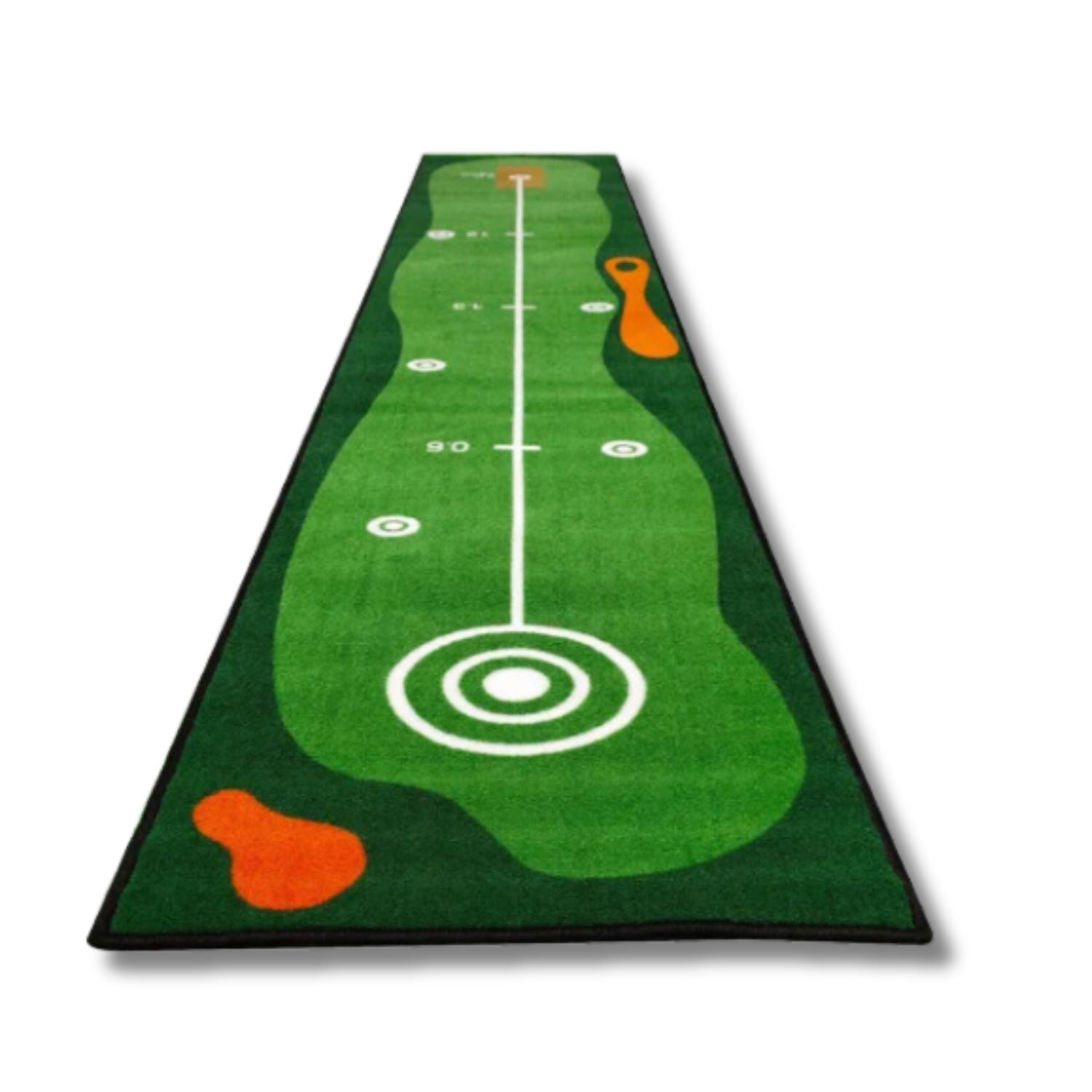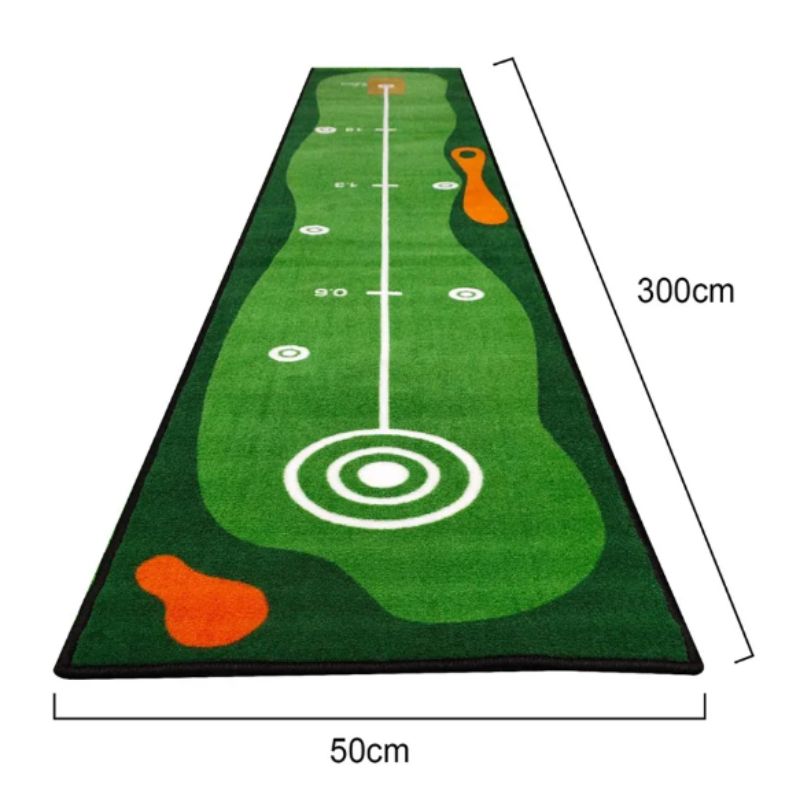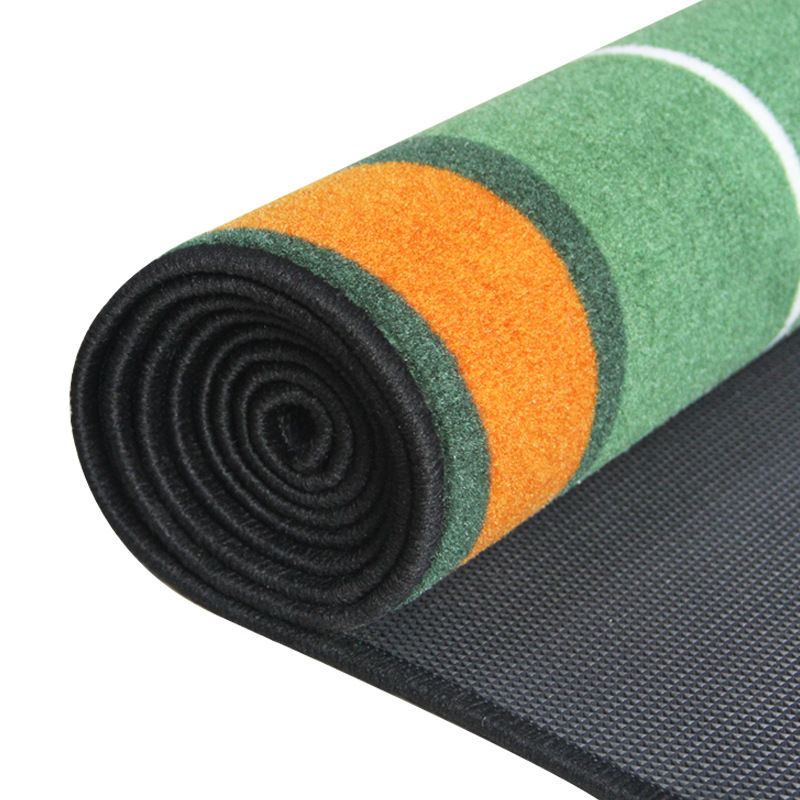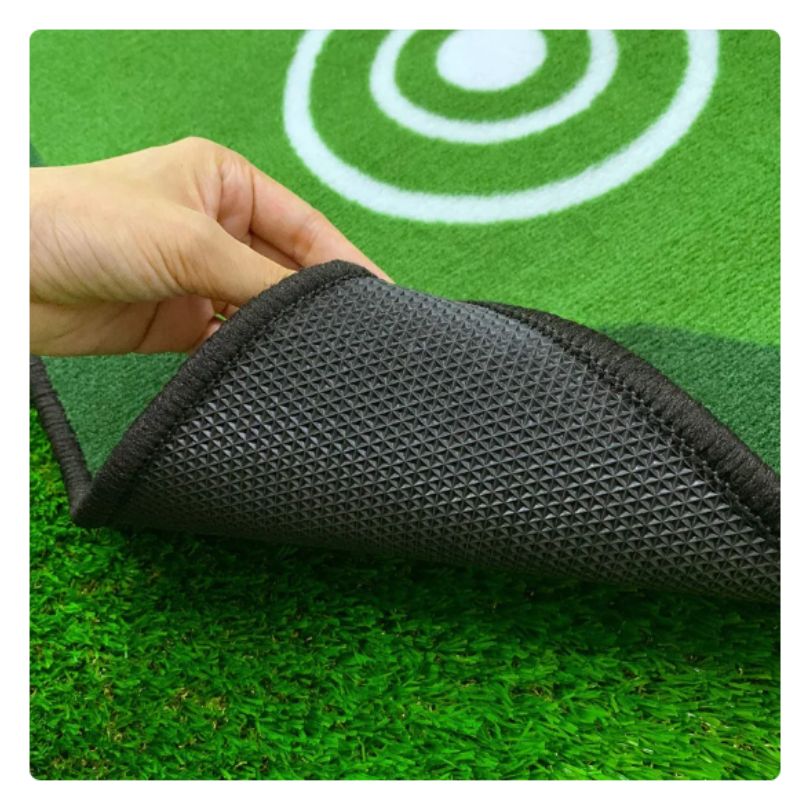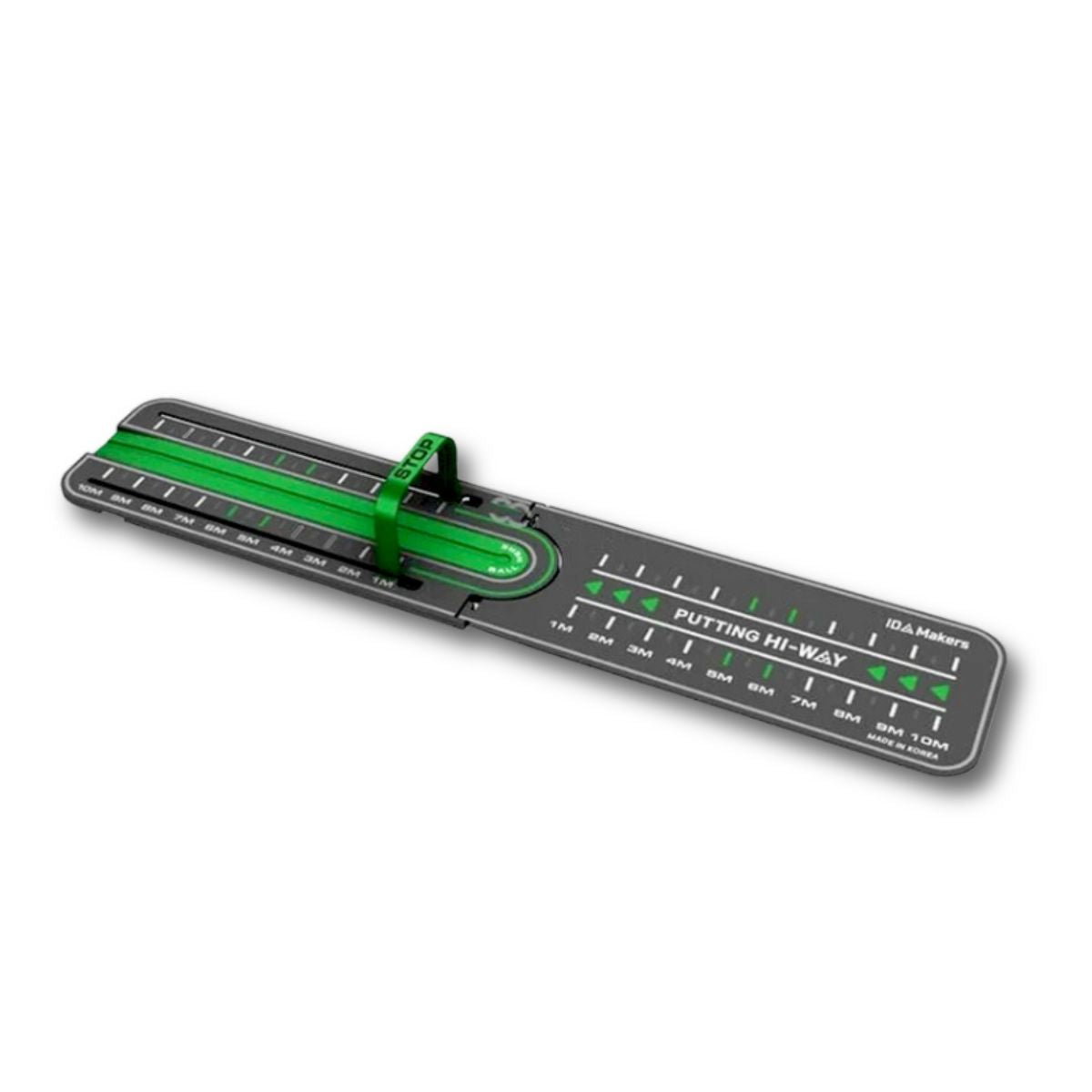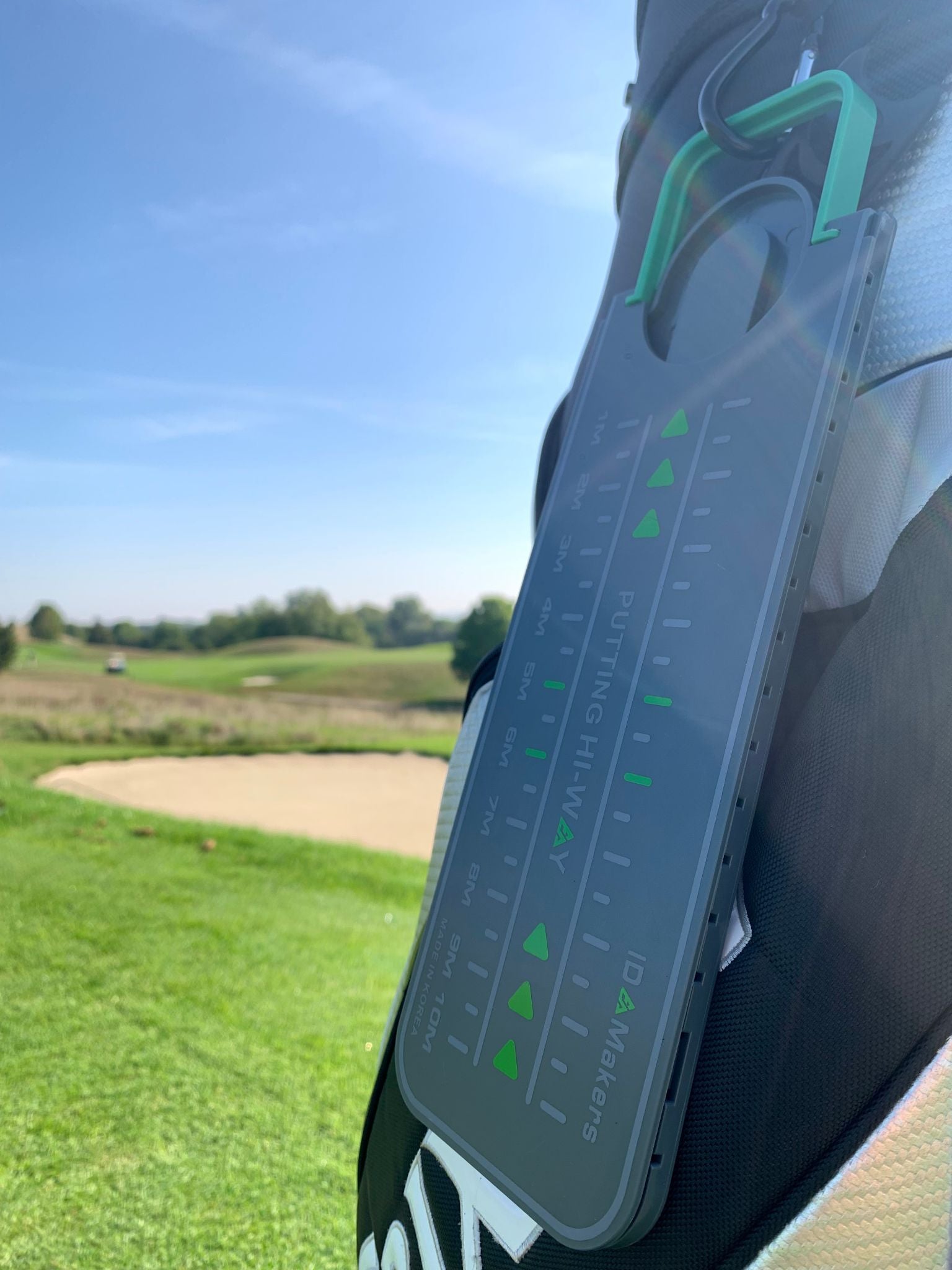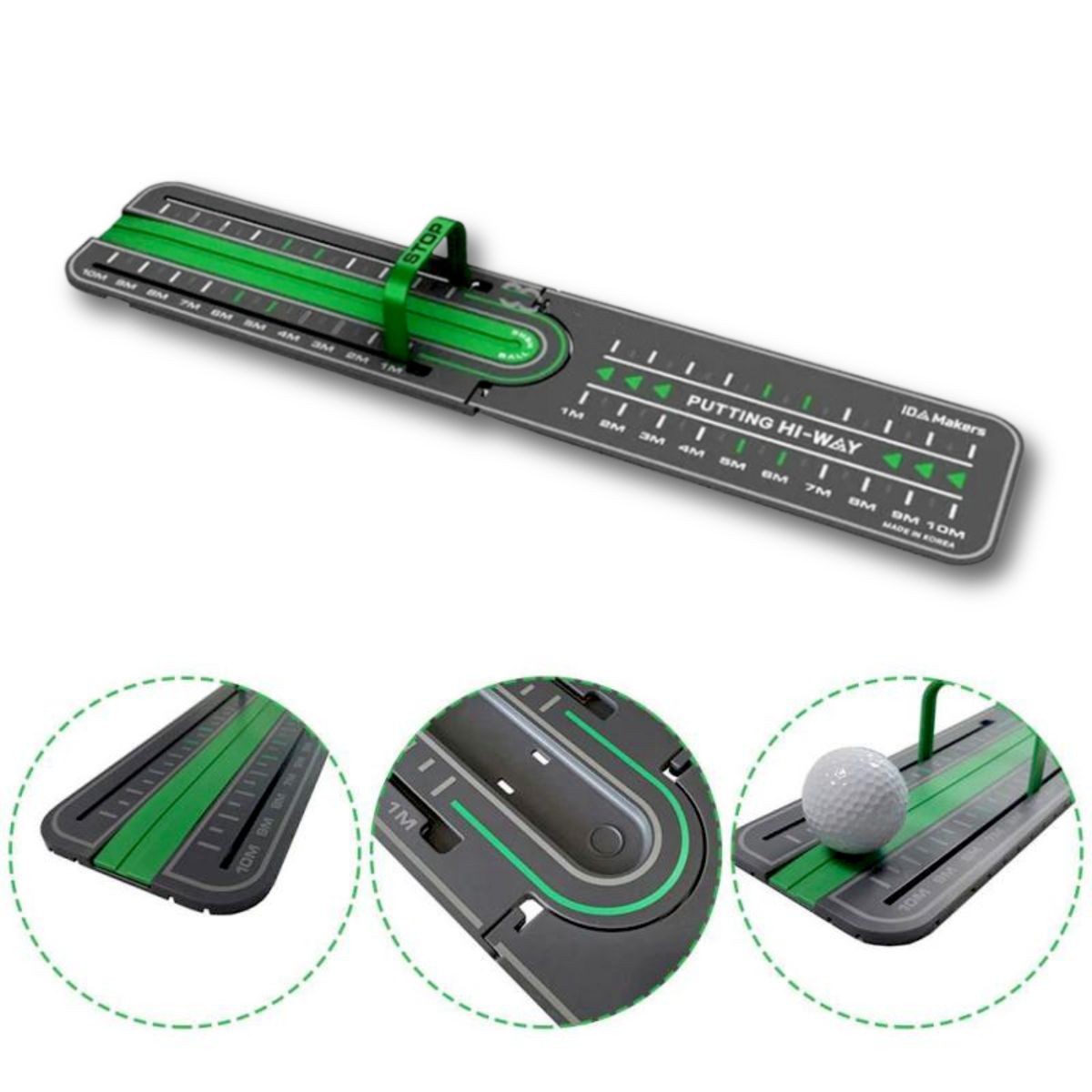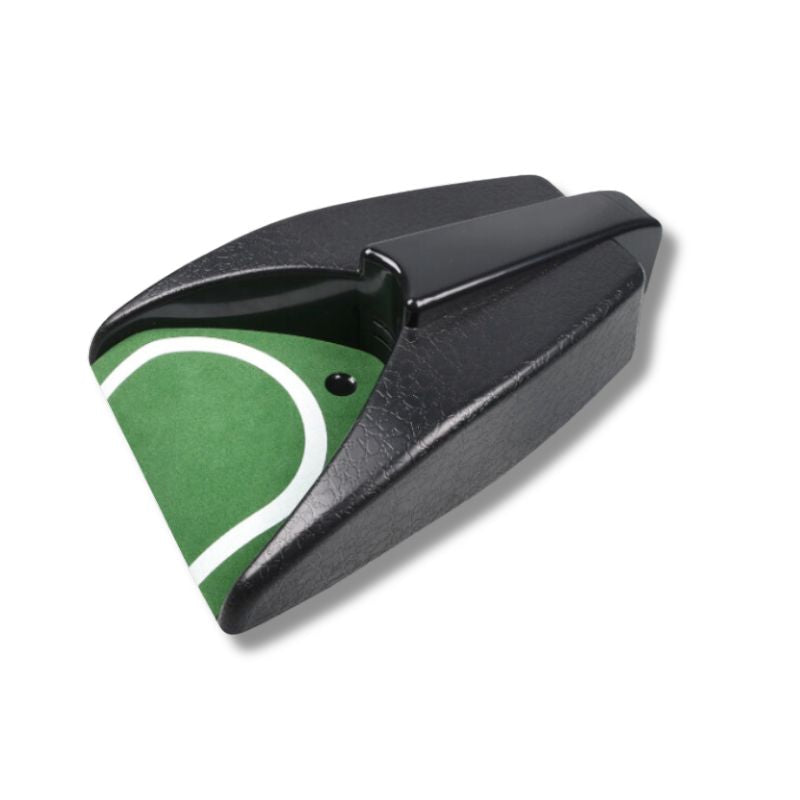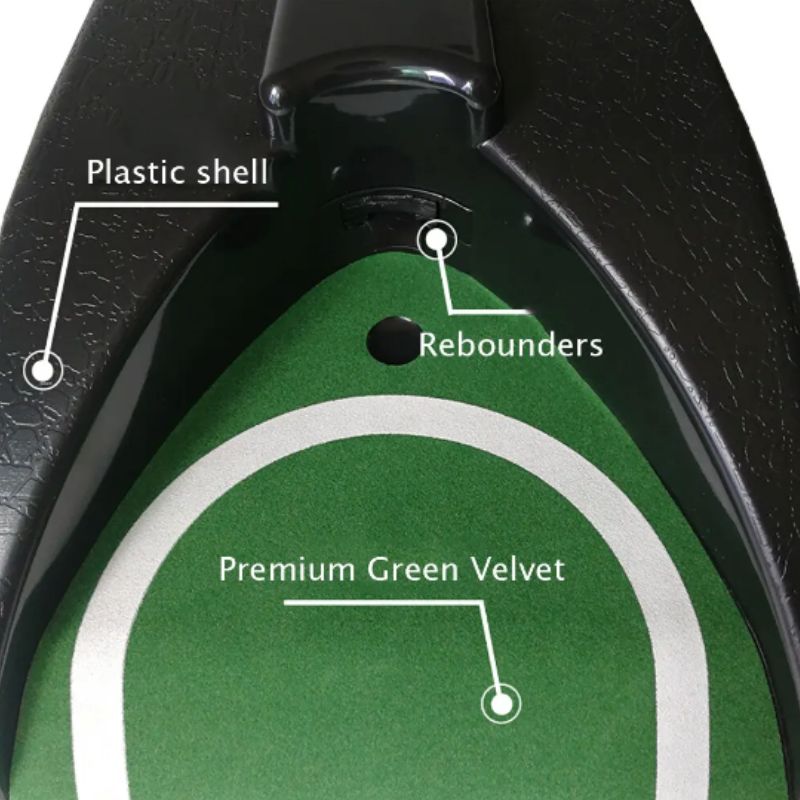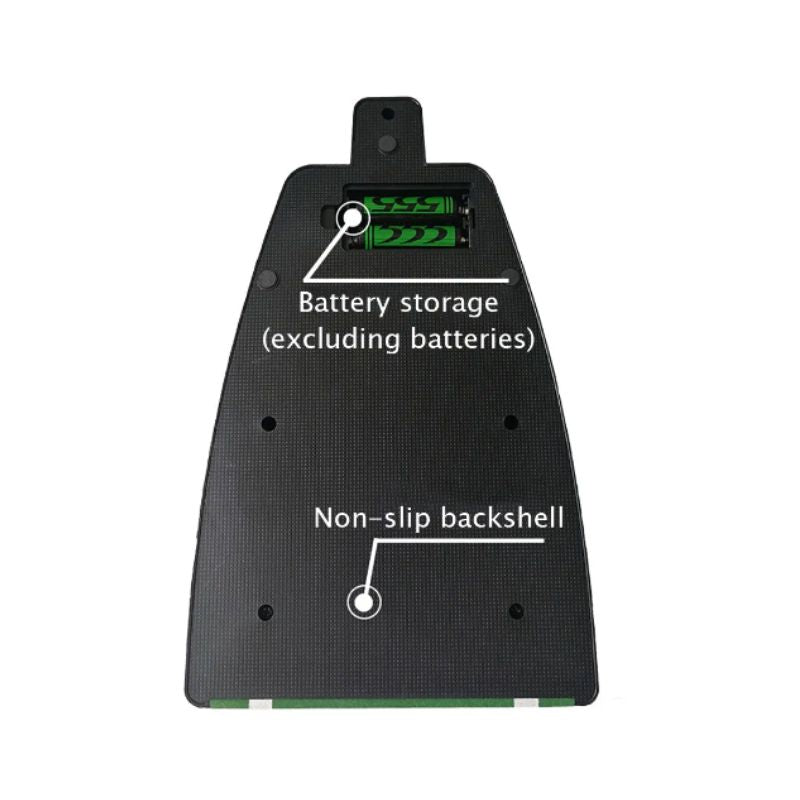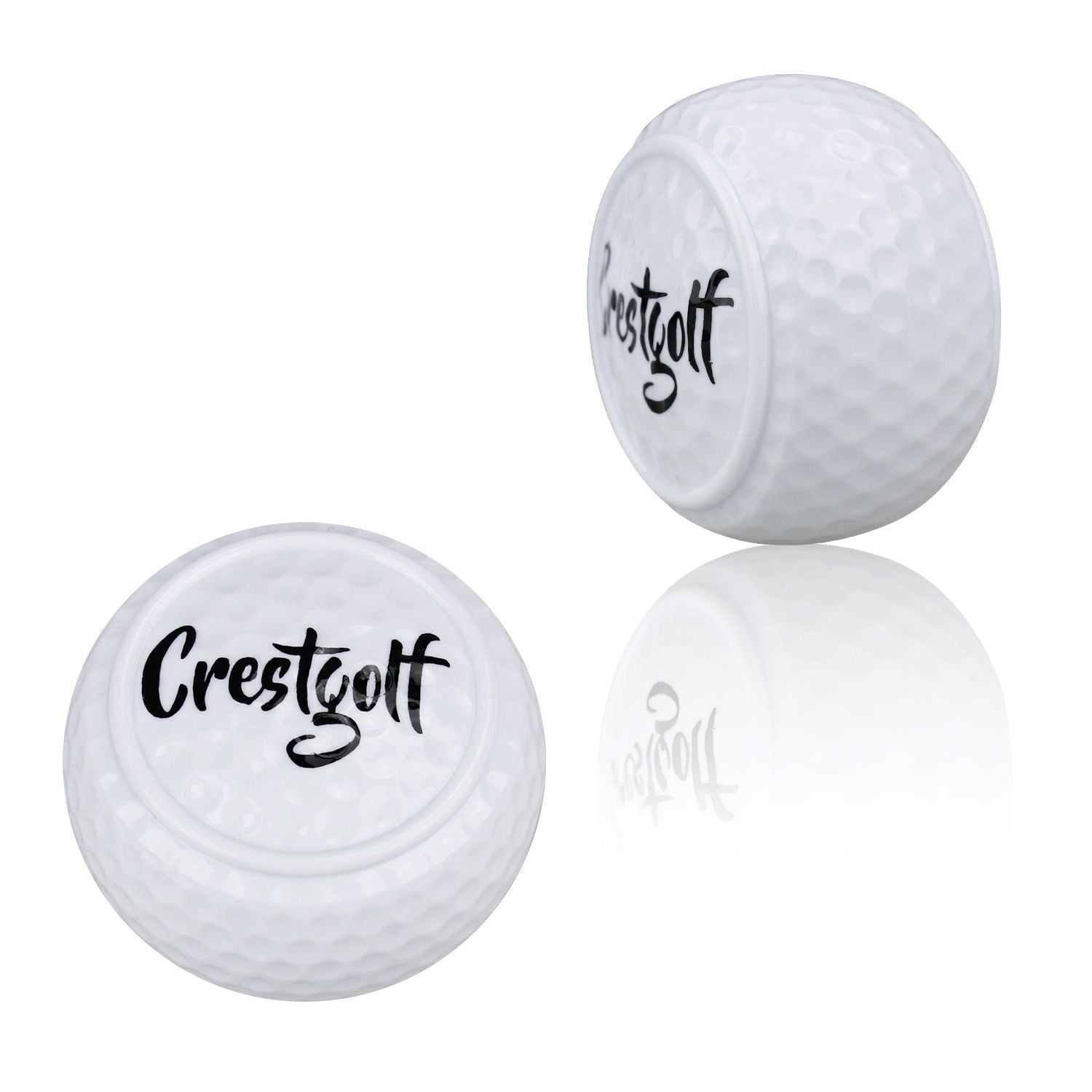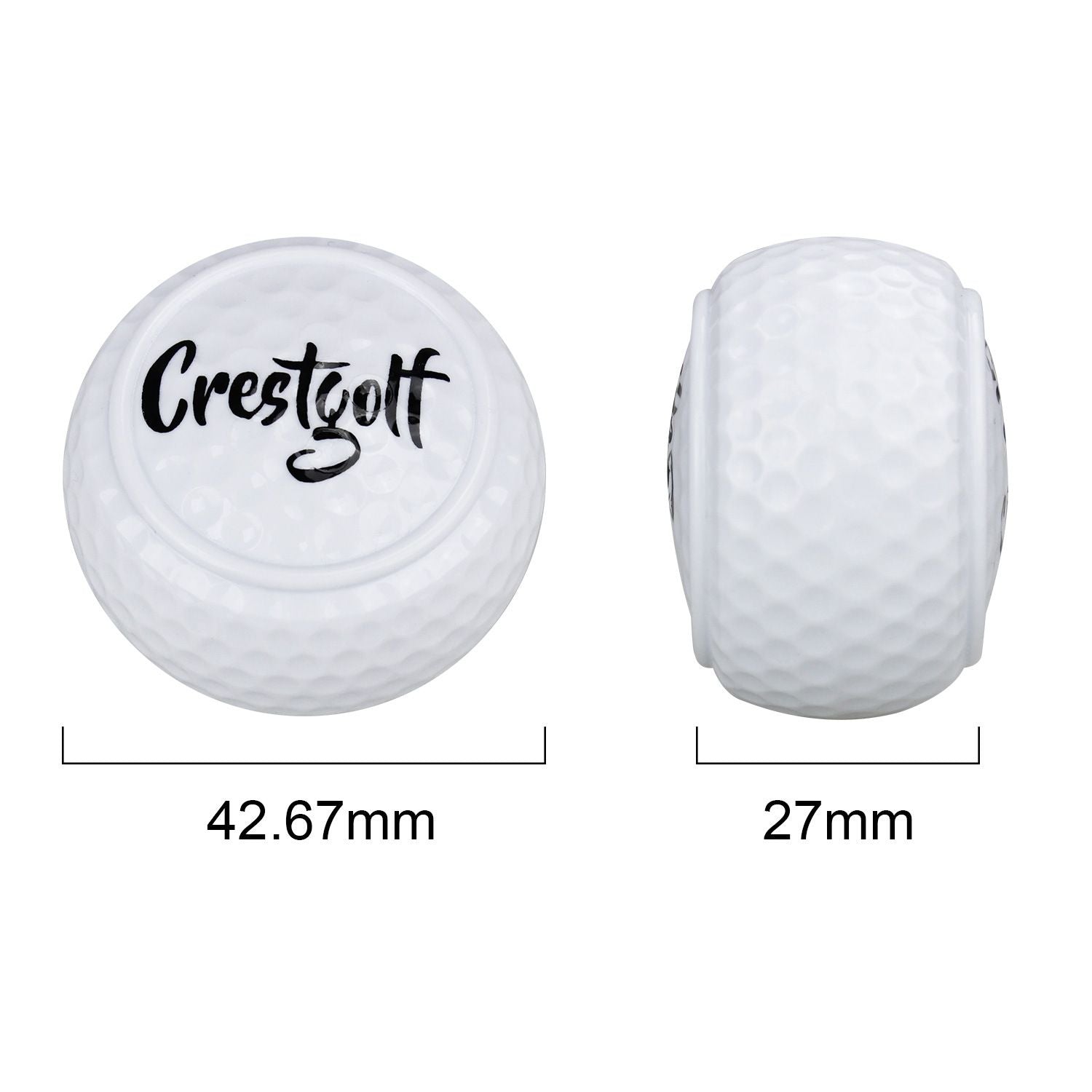Putting is among the most critical elements in the game of golf and yet one of the toughest to master perfectly. Be you a newcomer or an experienced player, improving your putting game will dramatically lower your overall score and enhance the level of confidence in yourself on the greens. So, here in this tutorial, we are going to consider putting tips, drills, and exercises that will help you turn from a complete noob into a professional, putting a special accent on working with a flat putting ball to refine your techniques.
Understanding the Basics of Putting
But first, a little putting primer; it's beneficial to know some of the basic concepts involved in putting to set a sound foundation before going onto drills and exercises. Unlike the full-swing shot, a putt relies not on power, but rather on precision, control, and an instinctive feel for how the ball will negotiate the green.
Key Elements of a Good Putt:
- Grip and Stance: Comfortable grip and balanced stance lie at the core of an accurate putting. Allow your hands to rest on the putter with a light grip, while setting your feet at shoulder-width.
- Alignment: Proper alignment allows the putt to travel into the direction of the chosen line. Be focused on the alignment of the putter face towards target, keeping your body parallel to the line.
- Tempo and Stroke: The smooth, pendulum-like stroke is key to consistent putting. During the stroke, your wrists should remain quiet and your arms nice and still.
With the fundamentals at hand, the tips and drills coming next will be much more productive for your improvement as a putter.
Best Putting Tips for All Golfers
-
Align Your Putting
Putting is all about alignment. The basic mistake most golfers make in putting is misaligning the putter face, which results in missing the putt. Have a look at some flat putting balls available that will help you in perfect alignment. These specially designed balls will immediately give you feedback whether your stroke is on line or not. In case this ball wobbles or does not roll straight, you can be sure you have a problem in your alignment.
Drill: Place a flat golf ball in front of your putter. Practice hitting the ball straight. If the ball veers off course, change either your stance or grip to eventually make the ball roll true.
-
Develop Distance Control
It's very important for distance control in order to avoid three-putting. Sometimes, golfers stress too much about the direction and forget that proper speed matters just as much. Practicing with a putting ball will give you a feel for different green speeds in order to further your distance control.
Practice putting from lengths starting from three feet to 20. Focus on striking the ball hard enough to reach the hole, but not necessarily sinking every one of them. Over time, this will give you an appropriate feel for the speed of your putts.
-
Focus on a Consistent Stroke
The putting stroke of many novices is irregular. Today it's too soft, and tomorrow it will be too firm. Try to employ a flat golf ball in your practice for an even stroke. These balls offer feedback on inconsistencies in your swing visually by showing how your putter face connected with the ball.
Tip: Practice putting in a smooth tempo. Pay particular attention to making the length of your backstroke equal to the length of the follow-through portion of your stroke. This will help you keep your stroke balanced and rhythmic-a crucial element in being an exceptional putter.
Putting Drills to Take Your Game to the Next Level
-
The Gate Drill
This is an excellent drill for both alignment and accuracy. Set up two tees or alignment sticks just wider than your putter head. The idea here is to putt through the "gate" without touching the tees.
How to Perform the Gate Drill:
- Place the tees or sticks just in front of your putter, creating a narrow gate.
- Similar to the gate drill, practice putting the ball through the gate from various distances, starting at three feet and then moving farther away as you improve.
- This narrow gate forces you to keep your stroke straight and true, improving both your aim and accuracy.
-
Clock Drill
Indeed, the clock drill really is one of the finest exercises to gain more confidence with longer-length putts. Visualize a clock face around the hole and set a putting ball at the 3 o'clock, 6 o'clock, 9 o'clock, and 12 o'clock positions-all three feet from the hole. Each time you make a putt, step back and do the drill again.
How to Perform the Clock Drill:
- Place four balls around the hole, equal distance apart, starting at three feet.
- Try to make all four putts before moving back further to four feet, five feet, or even six feet.
- This drill will allow you to practice your putts from different angles and distances so you can be better prepared when it counts on the course.
-
Ladder Drill
This drill is perfect for someone who needs to work on control of distance. It is great for those long putts that, in regard to your speed, are very important in order not to three-putt.
How to Do the Ladder Drill:
- Place tees or markers at various lengths from the hole at, say, 10 feet, 20 feet, and 30 feet.
- Subsequently, putt a flat putting ball to each marker trying to stop the ball as close to each of them without passing.
- Work your way up the ladder, starting with the shortest distance, then back down again.
- This drill will not only help you achieve control over your putts but also develop muscle memory for different green speeds.
Incorporating Flat Putting Balls into Your Routine
Flat putting balls are excellent for improving putting consistency and accuracy in putting. Unlike regular golf balls, flat balls offer instant feedback. It is much easier to see where you need to make adjustments in your stroke.
Why use Flat Putting Balls?
- Instant Feedback: If the ball wobbles or doesn't roll true, it's a sign that your stroke needs adjustment.
- Precision Training: Flat balls require a perfectly aligned stroke. You will develop better accuracy, thus targeting the target.
- Improved Focus: The idea of training with flat putting balls trains your mind to focus on the mechanics of the stroke, ensuring better performance whenever you switch to regular balls on the course.
Drill: Have a flat putting ball five feet from the hole and try to stroke it smoothly. If the ball rolls off line or wobbles, make a correction in your stroke until it rolls perfectly straight.
Conclusion: From Beginner to Pro
These putting tips and drills will advance you to the next step in your golfing journey-be it starting out with the putting ball, fine-tuning your stroke, working out your alignment problems with flat golf balls, or coming up with better distance control by doing appropriate exercises. The secret to perfect putting is no different than in any other department: simply consistent practice.
By integrating these drills into one's training routine, improvement in putting will not only be accomplished, but confidence will also be built in sinking those critical putts when it matters most. Keep in mind, great putters are not made overnight, but with patience, practice, and the right tools, you will be transformed from a beginner to a pro in no time.



